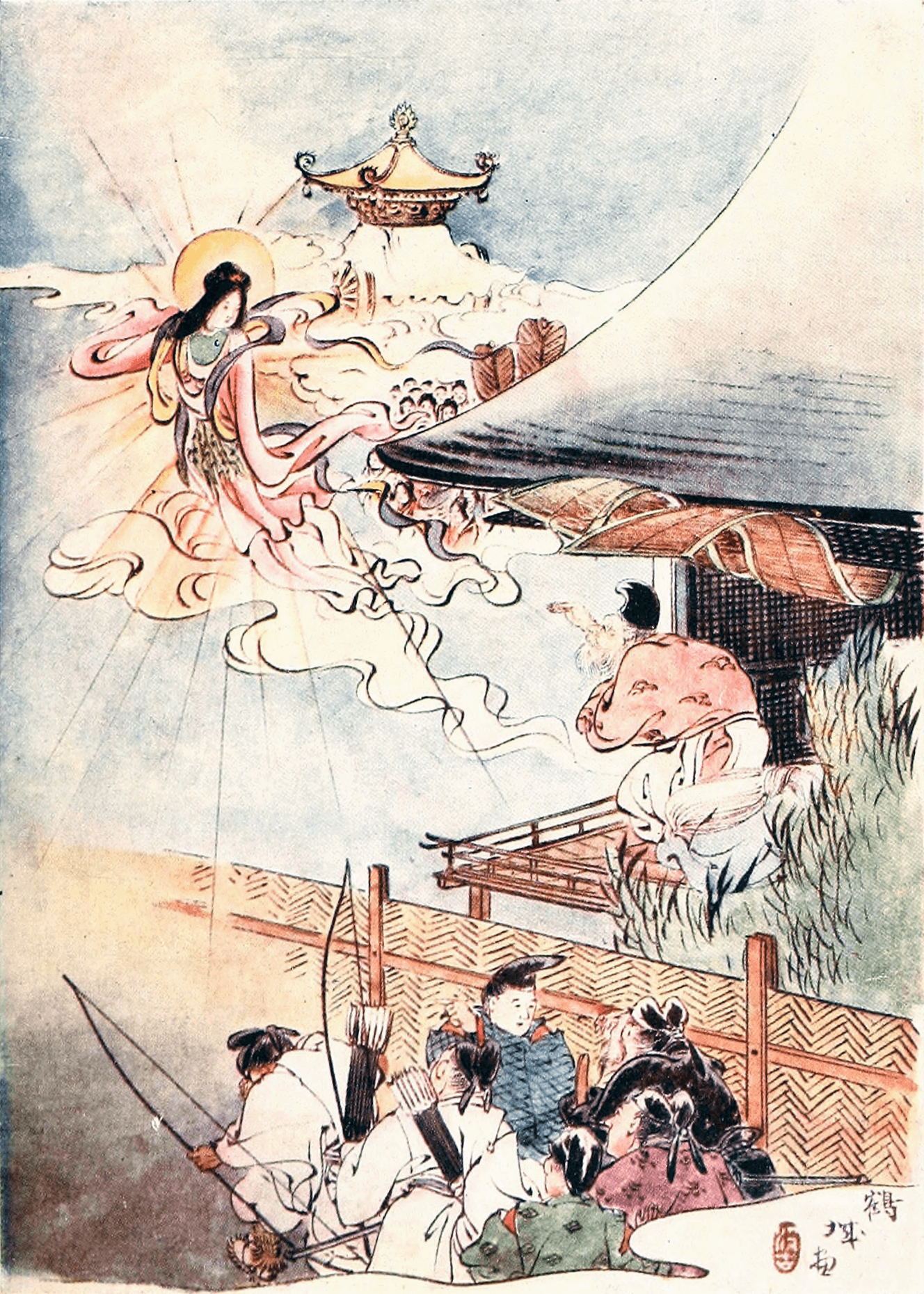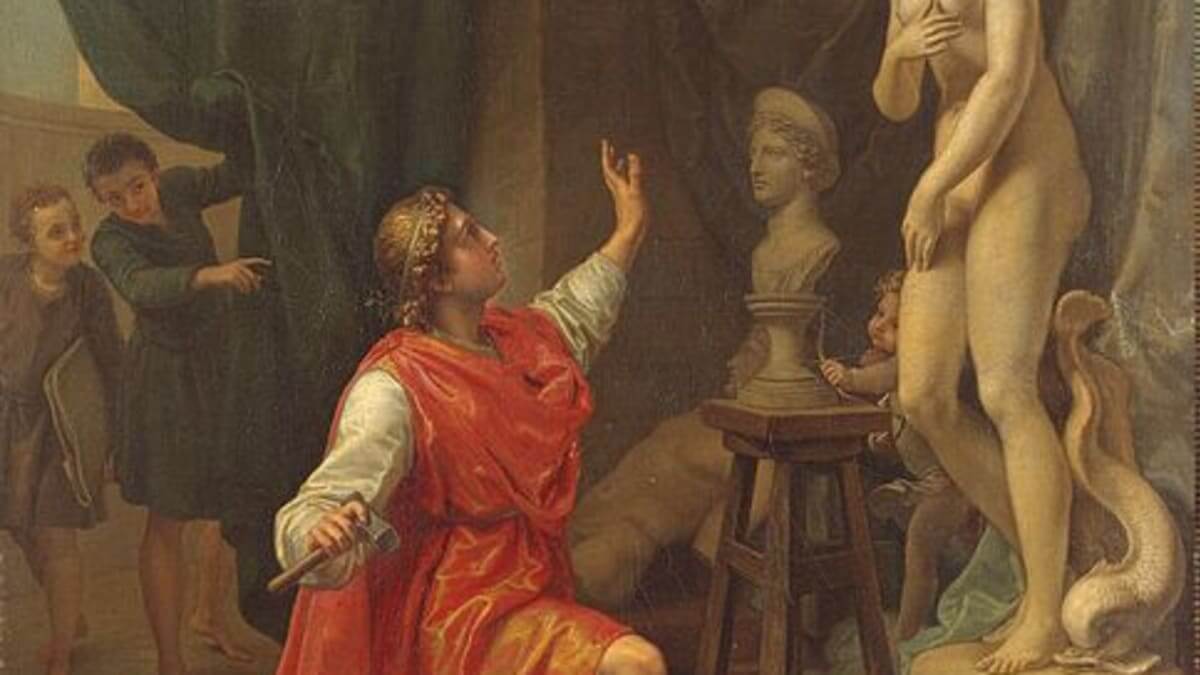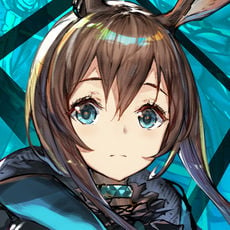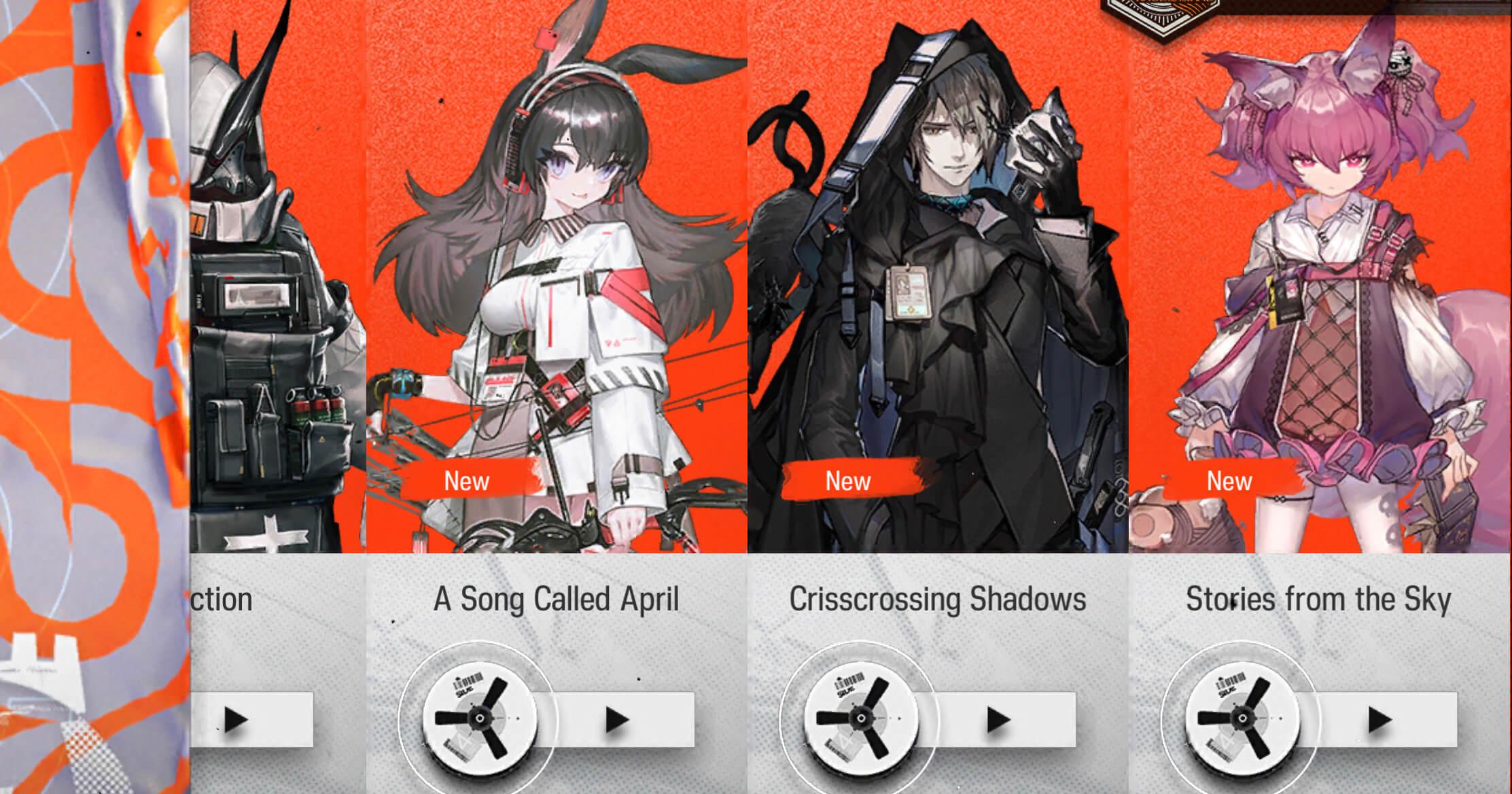Introduction
Many thanks to this video for the content!
Shamare, Suzuran, Mousse, and Popukar talk about several stories in the Stories of the Sky vignette in Rewinding Breeze. These stories make references to several real life ones.
Dusk Beauty Flying To The Moon: A reference to Chang E Flying To The Moon (Chinese mythology)

Chang E Flying To The Moon is a Chinese story, which is also the Mid-Autumn Festival origin story.
Summary: It is said that in ancient times, ten suns existed in the sky and the extreme heat made people’s lives very difficult. It was the hero Hou Yi, who, using his great strength, shot down nine of the ten suns. Later, Hou Yi married a beautiful and kind-hearted woman named Chang E and lived a happy life. One day, the Queen of Heaven presented Hou Yi an elixir which, if took, would help him to ascend immediately to heaven and become a god. Hou Yi took it home and asked Chang E to keep it.
Unfortunately, a villain named Pengmeng got to know this, broke into their home and demanded Chang E hand over the elixir while Hou Yi was out hunting. In a moment of desperation, Chang E swallowed the elixir. Reluctant to leave his husband, Cheng E tried her best to fly to the moon, the nearest place to the earth in heaven. Houyi missed Chang E a lot, so on the day of the full moon he placed on tables foods that Chang E liked. This custom was later followed by folk people praying to the Goddess Chang E for good luck and gradually formed the Mid-Autumn Festival.
Higashi story: A reference to Tale of the Bamboo Cutter aka Kaguya-hime (Japanese mythology)

The story from Higashi is a reference to the Japanese Tale of the Bamboo Cutter, also known as the Tale of Princess Kaguya.
The never melting ice crystal from the north is SilverAsh’s token.
One of only a few extant Originium Ice crystals that represent sincerity. It will never melt.
The everlasting flame from the south has not appeared yet.
Summary: A tiny nymph found inside a bamboo stalk grows into a beautiful and desirable young woman, who orders her suitors to prove their love by completing a series of near-impossible tasks.
Realizing the impossibility of his task, the first noble presents a fake stone bowl made from a blackened pot, but is exposed when Kaguya-hime notices that the bowl does not glow with holy light. The second noble presents a branch created by the country's finest jewelers, but is revealed when a messenger of the craftsmen arrives at Kaguya-hime's house to collect payment. The third noble is deceived by a merchant from China, who sells him a robe that burns when it is tested with fire. The fourth noble sets out to find a dragon at sea, but abandons his plans after encountering a storm. The fifth noble falls from a great height while reaching into a swallow's nest.
After this, the Emperor of Japan comes to visit Kaguya-hime and, after falling in love, asks her hand in marriage. Although he is not subjected to an impossible trial, Kaguya-hime rejects his request for marriage as well, telling him that she is not from his country and therefore cannot go to the palace with him.
(There is more to the story, but it is no longer linked to the story Suzuran tells in Arknights. For more information, look up the story.)
Shamare's story: A reference to Romulus and Remus (Roman mythology)
Mousse's Victorian story seems to have no reference according to OP. But it may foreshadow something that is going on in Victoria.
Anyway, the story of Romulus and Remus is also the story about the founding of Rome, which is fitting of Siracusa. The seven hills are the same in both stories.
Romulus and Remus were the legendary founders of Rome. Traditionally, they were the sons of Rhea Silvia, daughter of Numitor, king of Alba Longa.
Numitor had been deposed by his younger brother Amulius, who forced Rhea to become one of the Vestal Virgins (and thereby vow chastity) in order to prevent her from giving birth to potential claimants to the throne. Nevertheless, Rhea bore the twins Romulus and Remus, fathered by the war god Mars. Amulius ordered the infants drowned in the Tiber River, but the trough in which they were placed floated down the river and came to rest at the site of the future Rome, near the Ficus ruminalis, a sacred fig tree of historical times. There a she-wolf and a woodpecker—both sacred to Mars—suckled and fed them until they were found by the herdsman Faustulus.
Reared by Faustulus and his wife, Acca Larentia, the twins became leaders of a band of adventurous youths, eventually killing Amulius and restoring their grandfather to the throne.
After arriving back in the area of the seven hills, they disagreed about the hill upon which to build. Romulus preferred the Palatine Hill, above the Lupercal; Remus preferred the Aventine Hill. When they could not resolve the dispute, they agreed to seek the gods' approval through a contest of augury. Remus first saw six auspicious birds but soon afterward Romulus saw 12, and claimed to have won divine approval. The new dispute furthered the contention between them. In the aftermath, Remus was killed either by Romulus or by one of his supporters. Romulus then went on to found the city of Rome, its institutions, government, military and religious traditions. He reigned for many years as its first king.

One of the sculptures depicting a she-wolf suckling the twins Romulus and Remus.
Popukar's story: A reference to Pygmalion (Greek mythology)

Instead of ivory, wax was used instead.
Summary: In book 10 of Ovid's Metamorphoses, Pygmalion was a Cypriot sculptor who carved a woman out of ivory. According to Ovid, after seeing the Propoetides prostituting themselves, Pygmalion declared that he was "not interested in women",[1] but then found his statue was so beautiful and realistic that he fell in love with it.
In time, Aphrodite's festival day came, and Pygmalion made offerings at the altar of Aphrodite. There, too scared to admit his desire, he quietly wished for a bride who would be "the living likeness of my ivory girl." When he returned home, he kissed his ivory statue, and found that its lips felt warm. He kissed it again, and found that the ivory had lost its hardness. Aphrodite had granted Pygmalion's wish.
Pygmalion married the ivory sculpture which changed to a woman under Aphrodite's blessing. In Ovid's narrative, they had a daughter, Paphos, from whom the city's name is derived.
Conclusion
Not the typical fairy tales . These stories lean towards the darker side, unlike the tales that are usually told to children.
Why? Shamare explains it at the end. With Terra’s situation like this, how are there happy endings?













